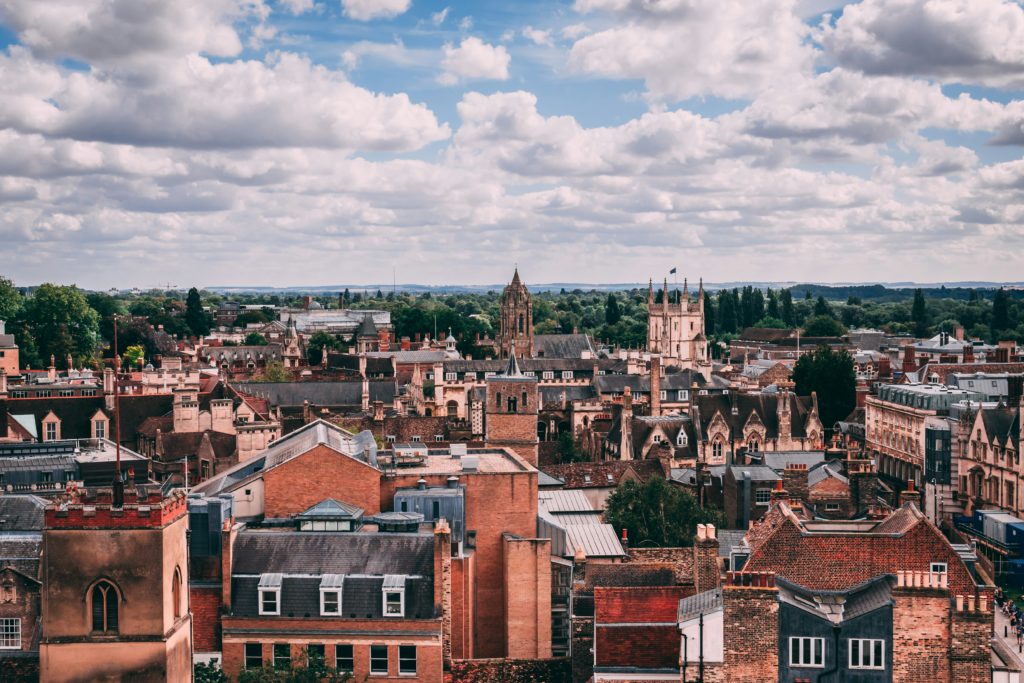Commercial Feature
Cambridgeshire’s housing market: Where can you find the best value homes?

Cambridgeshire’s property market experienced notable growth in 2024, with East Cambridgeshire – which includes the area around the cathedral city of Ely, the market towns of Littleport and Soham, and the surrounding villages and rural areas within the Fen region – leading the charge. According to the Office for National Statistics, the average home in East Cambridgeshire reached £350,000 by February 2025, marking a 7.2% increase from the previous year and a significantly higher rise than the increase in the wider East of England region (4.2%) over the same period.
The more affordable Fenland area saw an impressive increase of 6.3% to give an average house price of £228,000 in February 2025, and the city of Cambridge itself followed suit with a 6.3% uptick, bringing the average property price to £510,000. According to Yopa, other districts like South Cambridgeshire, Huntingdonshire and Peterborough, reported average prices of £438,000, £303,000 and £231,000 respectively, reflecting more modest growth.
This surge in prices has also been accompanied by increased market activity. East Cambridgeshire experienced an 8.1% rise in home sales across 2024 compared to 2023, while South Cambridgeshire and Cambridge saw increases of 5.3% and 4.4%, respectively. These figures suggest a robust demand in the region, possibly driven by post-covid pull factors such as transport links and proximity to London, the attraction of the jobs market created by “Silicon Fen” – a hub for high-tech businesses, and the presence of institutions like the University of Cambridge, attracting students from far and wide.
What is happening in the rest of the UK?
Nationally, the average UK house price stands at £268,000 as of February 2025, reflecting a 5.4% annual increase. However, this growth was not uniform across all regions. The North West of England led with a 8% rise, while London was the region with the lowest annual inflation, with house prices increasing by 1.7% in the 12 months to February 2025 and some boroughs such as Kensington and Chelsea, the City of Westminster and Hammersmith and Fulham even seeing a significant decline in property prices. These downturns are likely to be because of reduced foreign investment and changes in tax policies affecting the high-end properties which are widespread in these parts of London.
Conversely, the Blackburn with Darwen region in Lancashire emerged as a property hotspot, with average house prices rising by 13.1% to £159,000. This growth outpaced all other UK regions, highlighting a continuing trend where more affordable areas are experiencing increased demand.
However, the broader UK housing market has also faced challenges over the past 12 months. A surge in home purchases occurred in March 2025 as buyers rushed to complete transactions before more favourable stamp duty rates expired, resulting in record sales and mortgage borrowing. However, activity plummeted in April, leaving many sellers struggling. Listings increased by 15%, but buyer interest rose only 1%, leading to widespread price reductions as over 104,000 homes had their prices cut, a record for April.
In response, the Bank of England reduced interest rates from 4.5% to 4.25%, aiming to lower mortgage costs and stimulate demand. This move is expected to benefit regions like Cambridgeshire, where affordability remains a concern given the cost of pricey areas like Hemingford Abbots, Coton and Foxton, which all tip the scales at close to £1 million on average.
For prospective buyers, the concept of “halo postcodes” – more affordable areas neighbouring in demand locations – has certainly gained traction locally. In Cambridgeshire, towns like Ely and Bury St Edmunds offer more budget-friendly alternatives to the city of Cambridge for example, providing spacious homes and convenient commuting times.
So, while Cambridgeshire’s housing market has seen substantial growth over the past year – mirroring national trends and intensifying affordability pressures, especially in hotspots like East Cambridgeshire – there are still parts of the county where buyers can find better value for money.
 Features / The honesty of Cambridge vloggers 23 September 2025
Features / The honesty of Cambridge vloggers 23 September 2025 News / Ex-Caius student avoids ‘£20k fine’ for returning room key 40 years late23 September 2025
News / Ex-Caius student avoids ‘£20k fine’ for returning room key 40 years late23 September 2025 News / Tompkins Table 2025: Trinity widens gap on Christ’s19 August 2025
News / Tompkins Table 2025: Trinity widens gap on Christ’s19 August 2025 News / SU reveals Access-a-Ball rankings25 September 2025
News / SU reveals Access-a-Ball rankings25 September 2025 Film & TV / My Oxford Year is a dubious Oxford dream19 September 2025
Film & TV / My Oxford Year is a dubious Oxford dream19 September 2025





